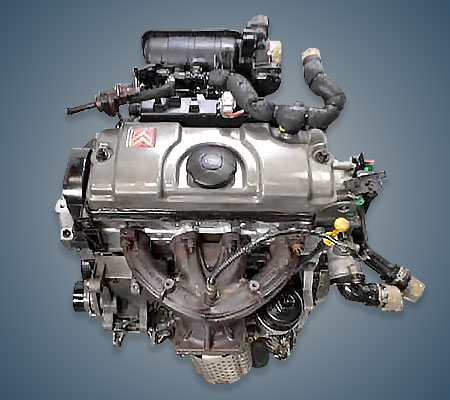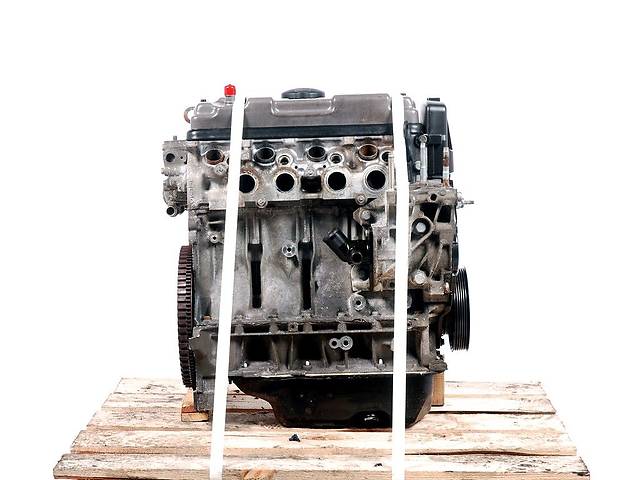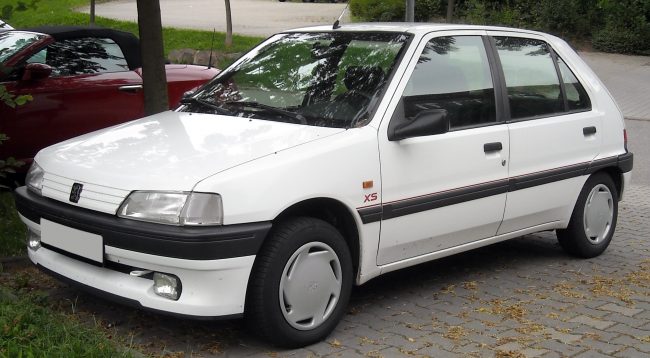
Engines Peugeot TU1JP, TU1M
Content
The engine is one of the most important structural elements in every car. Without this node, the vehicle would hardly have moved, and also developed the necessary speed. Quite common units are engines manufactured by Peugeot. This article will discuss such engine models as TU1JP, TU1M.
History of creation
Before considering the main parameters of the internal combustion engine, it is necessary to familiarize yourself with the history of the creation of the unit. In this case, the chronicle of events of each model will be considered separately.
TU1JP
First of all, the TU1JP engine should be considered. He is considered relatively young. The release of the unit was first held in 2001, and he managed to visit several cars. The end of the production of this engine happened not so long ago - in 2013. It was replaced by an improved model.

The TU1JP engine had a displacement of 1,1 liters at the time of its creation and was part of the TU1 engine family. This model was equipped with modern additional elements that improve technical characteristics.
tu1m
The model is also part of the TU1 engine family. It differs from others by the presence of a single injection. The launch of TU1M took place back in the 20th century. So, for example, it is worth noting that in June 1995, the internal combustion engine has already undergone certain changes.

The construction of the blocks began to be made of aluminum instead of the previously used cast iron.
As for the injection system, the Magneti-Marelli system is installed in the engine, which made it possible to increase its service life and increase reliability. Many owners of cars with such engines noted that they are durable and maintainable.
Technical specifications
Specifications can tell not only about the engine, but also about how the car equipped with the selected engine will behave. Thanks to the technical parameters, a potential buyer can determine the power that the unit is capable of developing, as well as, for example, the type of fuel used.
The better the technical characteristics, the better the motor. As for the models under consideration, their parameters are almost identical, since they belong to the same family. Thus, their technical characteristics were summarized in one table, which is presented below.
| Characterization | Index |
| Displacement, sm3 | 1124 |
| Supply system | Injection |
| Power, hp | 60 |
| Maximum torque, Nm | 94 |
| Cylinder block material | R4 aluminum |
| Block head material | Aluminum grade 8v |
| The piston stroke, mm | 69 |
| ICE features | None |
| Hydraulic compensators | None |
| Timing drive | Belt |
| Type of fuel | 5W-40 |
| Fuel quantity, l | 3,2 |
| fuel type | Gasoline, AI-92 |
Also, the technical characteristics should include the environmental class and the approximate service life. As for the first indicator, the engine class is EURO 3/4/5, and the service life of the engines is 190 thousand km, according to manufacturers. The engine number is indicated on a vertical platform to the left of the dipstick.
What cars were they installed on?
During its existence, the engines managed to visit several cars.
TU1JP
This model was used in such vehicles as:
- PEUGEOT 106.
- CITROEN (C2, C3I).
It should be noted that both brands are now owned by the same company.

tu1m
This engine model was used in Peugeot 306, 205, 106 cars.

Fuel consumption
Fuel consumption for both models is approximately the same due to the almost identical structure. Thus, in the city, the consumption is approximately 7,8 liters, outside the city the car consumes 4,7 liters, and in the case of mixed mode, the consumption will be approximately 5,9 liters.
Disadvantages
Almost all Peugeot engines are considered reliable and durable. With regard to these models, the main disadvantages include:
- Premature failure or wear of the ignition system.
- Sensor failure.
- The occurrence of floating turns. This is mainly due to contamination of the throttle and idle speed controller.
- Overheating of fixed caps, resulting in oil consumption.
- Rapid wear of the timing belt. Despite the assurances of the manufacturers, the part may fail after 90 thousand km.
Also, car owners note that during operation, the engine makes strong sounds, which indicates a malfunction of the internal combustion engine valves. However, despite the impressive list of shortcomings, it should be noted that all of them often occur due to improper operation of the vehicle and the negligent attitude of the car owner.
Regular inspection and timely repairs will help to avoid serious breakdowns and purchases of new engine design elements, which will also save not only time, but also money.

